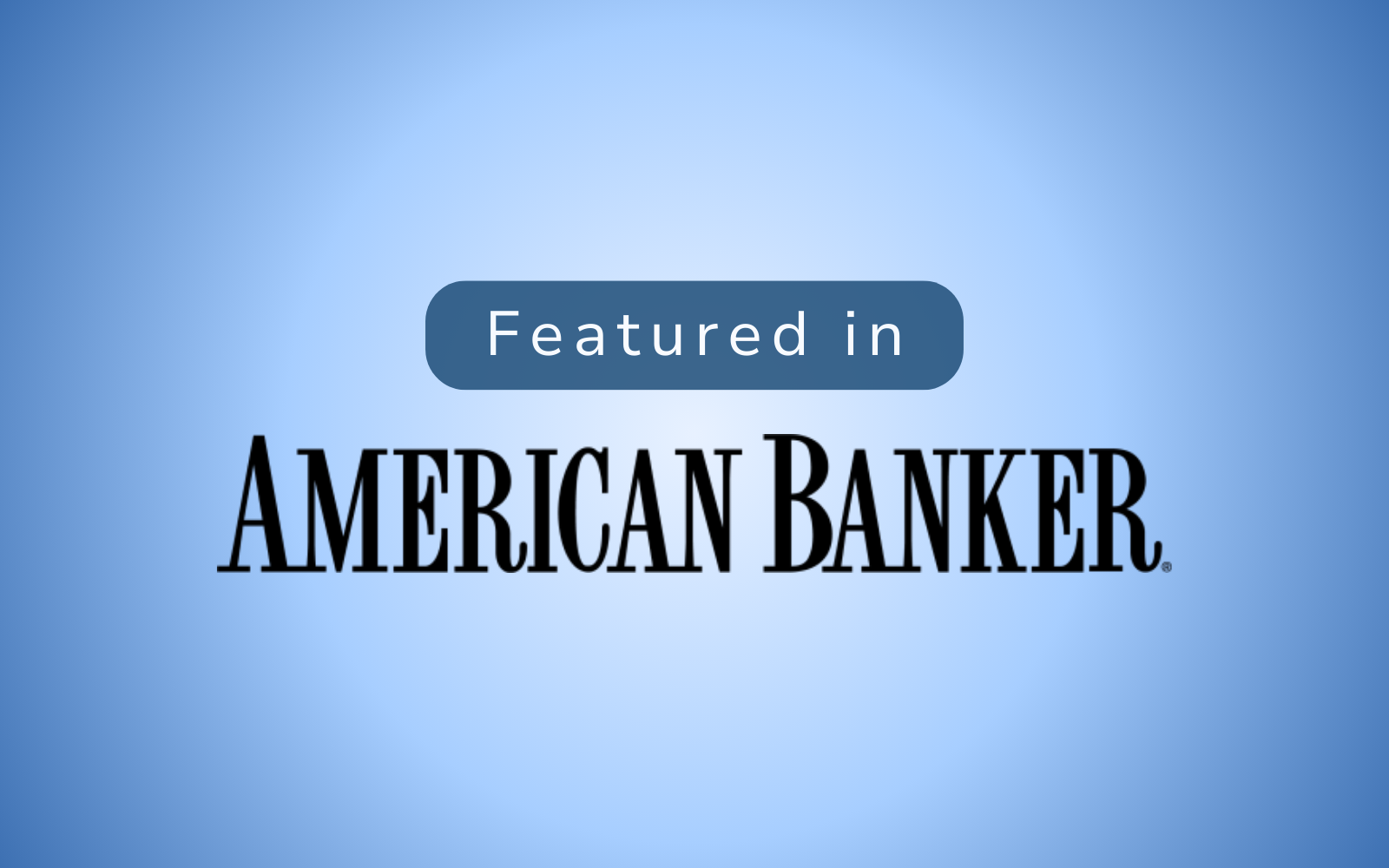Our Op-Ed in the American Banker: An Unworkable Compromise on Stablecoins
- The crypto industry yearns for legislative clarity on stablecoins, but the industry and consumers may be better off under the status quo than a flawed compromise.
- A one-size-fits-all approach could squash innovation.
- Expanding Federal Reserve oversight to nonbank fintech and stablecoins could be slippery slope toward supervision of other financial service providers.
In our Op-Ed in the American Banker today, we discussed the dangers of Congress pushing through a bill on stablecoins that may do more harm than good.
As we discussed in the article, time on the legislative calendar in the 117th Congress is quickly running out and House Financial Services Committee leaders and Biden administration officials are working toward a bipartisan compromise. Specifics on the proposal are light, however, one reported element—mandatory Federal Reserve bank-like supervision for all non-bank dollar stablecoin arrangements—may create a regulatory regime that would be worse than no bill at all.
For many companies crucial to America’s financial services sector—insurers, asset managers, payments companies, consumer lenders as well as fintech companies—mandated Federal Reserve supervision over stablecoin arrangements should be a nonstarter. Like many other non-bank financial services, dollar stablecoin arrangements are primarily regulated by states, with stablecoin companies typically holding either a state trust company charter or a series of money transmission licenses. Improving state-level regulatory regimes by adding more transparency around reserves would be more productive than a one-size-fits-all approach at the Federal Reserve. Options for federal regulation should be made clearer, but certainly not mandated.
Indeed, our article highlights how the Federal Reserve playing the role of sole gatekeeper to stablecoin arrangements would kill innovation in the space. Non-bank retail payments companies—such as Square, PayPal, Toast—are leaders in payment innovation and are not supervised by the Federal Reserve. Why should stablecoin arrangements be different?
We point out that although the Federal Reserve administers and regulates the bank-owned Clearing House Payments Company and major credit card banks, it does not, has never, and should not regulate non-bank retail payments companies. As we point out, the Federal Reserve is ill-suited for such work.
In addition, Federal Reserve stablecoin supervision could act as a Trojan horse allowing it to wade deeper into nonbank supervision. Then through legislation or through the Financial Stability Oversight Council, Congress and the Treasury could try again to assert Federal Reserve jurisdiction over asset managers, money market fund activities, other non-bank fintech companies, and insurers as they have in the past.
Finally, Federal Reserve oversight risks impeding innovation through a singular, mandated policy approach and opening the door to taxpayer bailouts. Instead, an older regulator—the Office of the Comptroller of the Currency—and its state counterparts are better suited. The OCC and state financial regulators have long histories of regulating limited-purpose trust companies (the license currently held by many leading nonbank stablecoin firms), and the OCC and state regulators mutually face checks and balances to their jurisdiction through the choice of a federal or state trust company charter.
Our conclusion is that demands for federal regulatory clarity should not be answered by a sweeping, one-size-fits-all solution that undermines the innovation and dynamism that make America’s financial services sector so vibrant.
Read our Op-Ed in the American Banker here.



